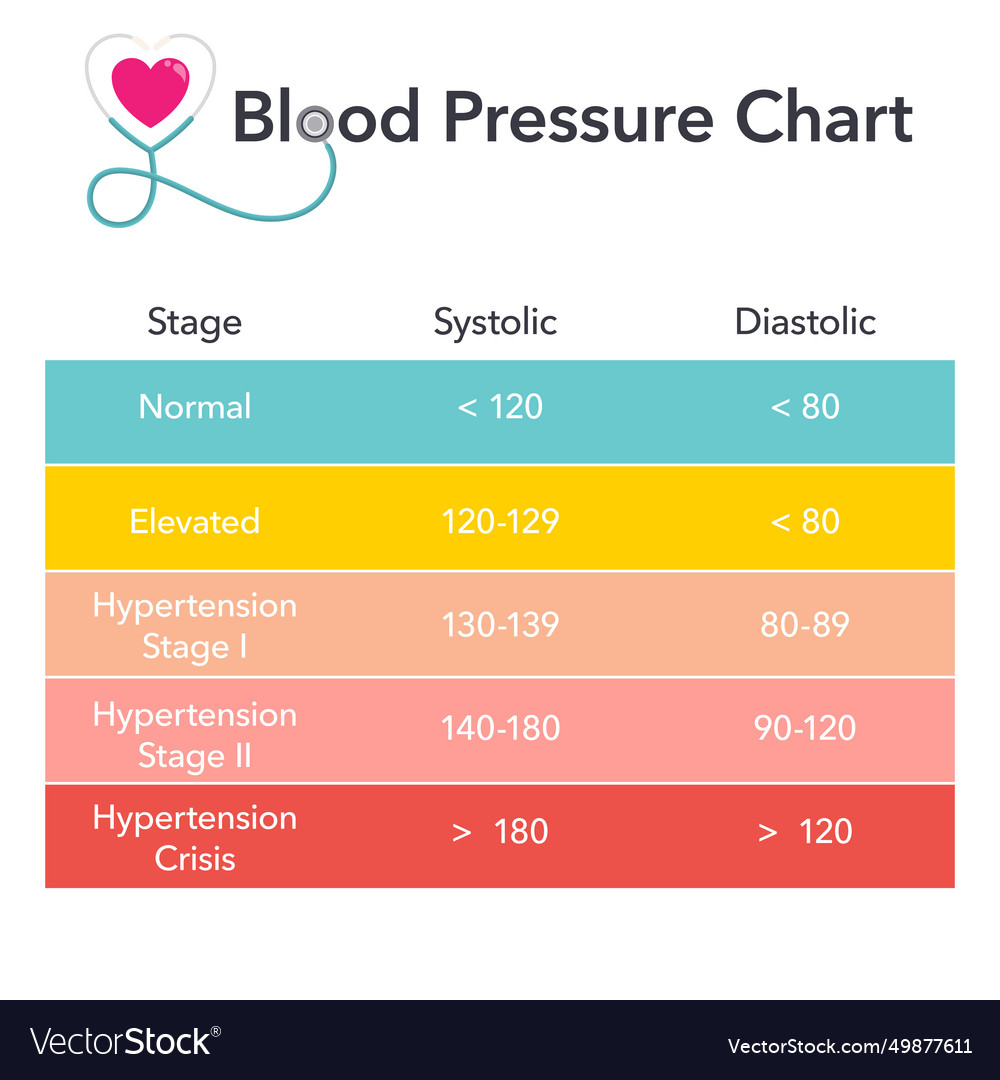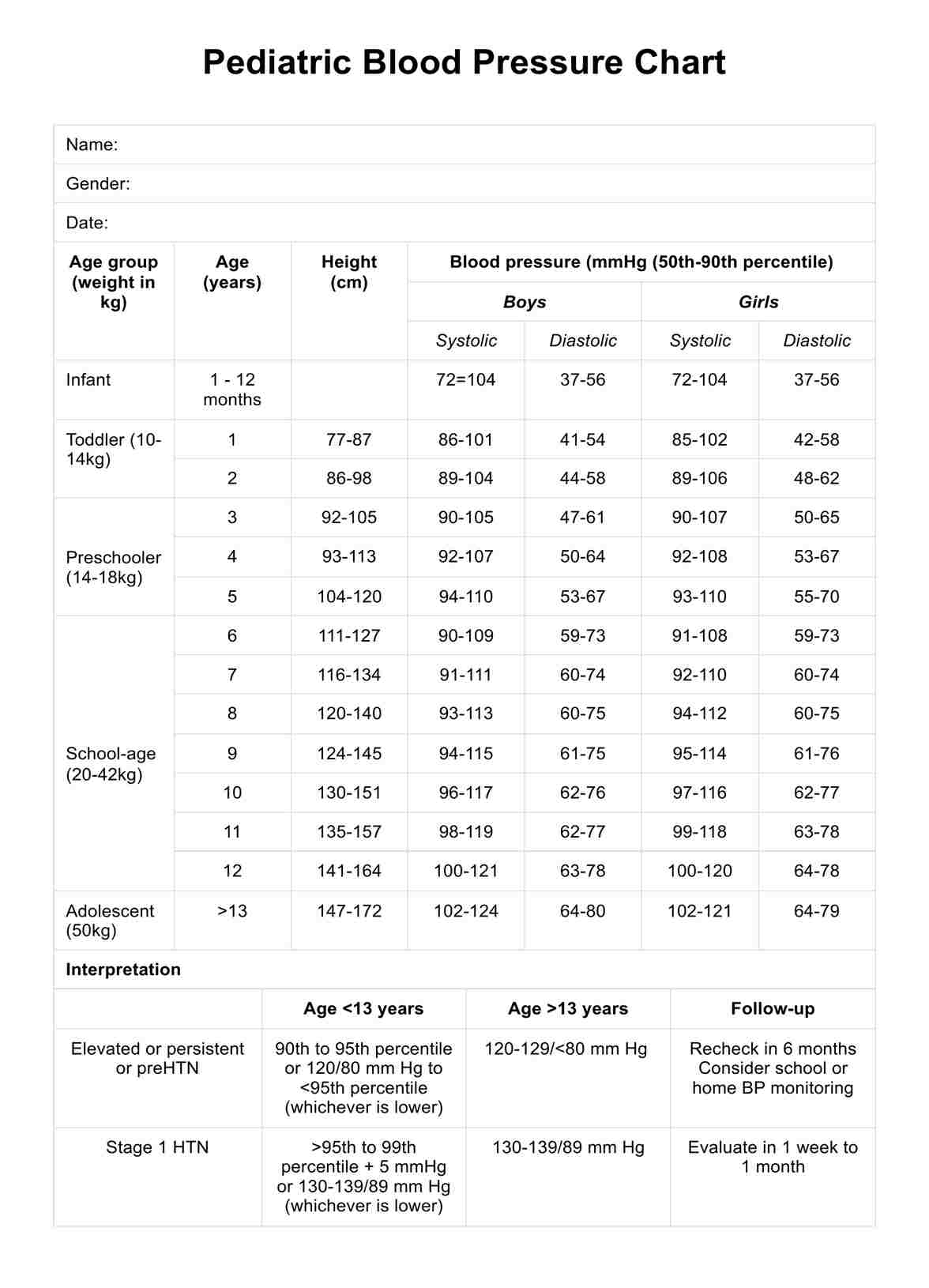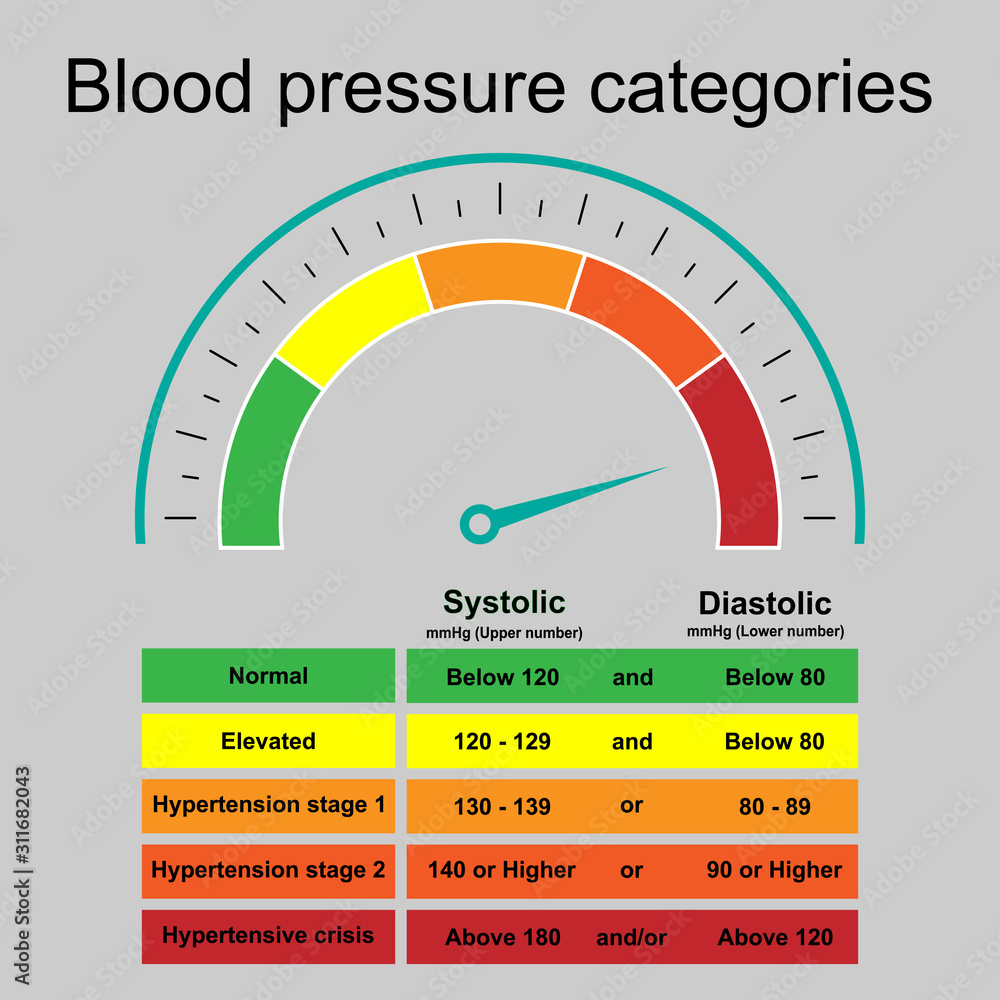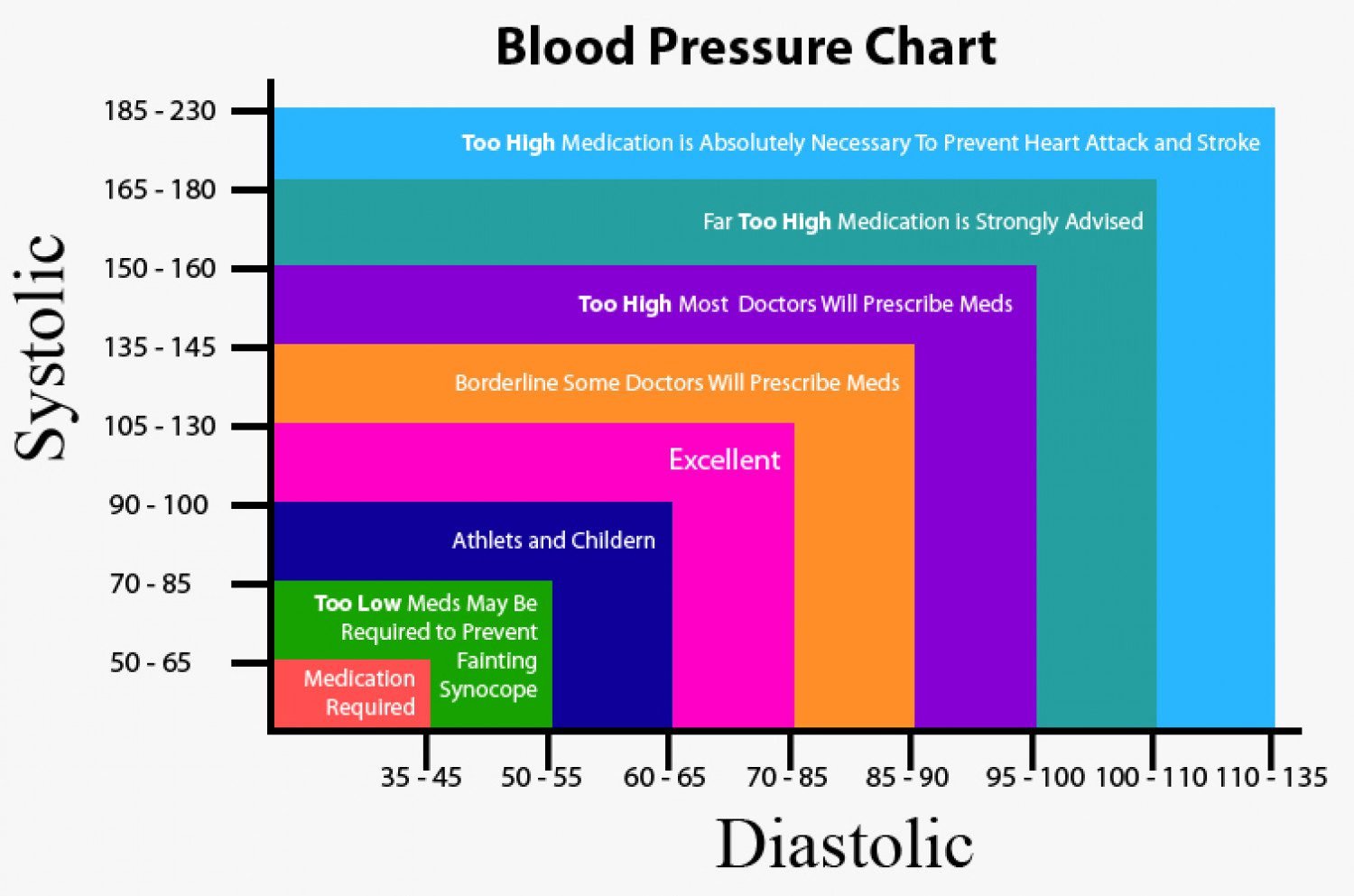Blood Pressure Chart Emergency Room If your blood pressure is 180 120 or higher AND you are experiencing symptoms that could be related to your high blood pressure you should go to the Emergency Room immediately Symptoms such as chest pain shortness of breath severe headache changes in vision difficulty speaking dizziness numbness weakness or even upper back pain all are
Call 911 if your blood pressure is 180 120 or higher and you are experiencing symptoms that may include This is a medical emergency Do not wait to see whether your blood pressure comes down on its own Call 911 Be prepared If you have been diagnosed with high blood pressure track your blood pressure readings and medications Hypertensive emergency and hypertensive urgency constitute the spectrum of hypertensive crisis They are both characterized by severe hypertension but distinguished by the presence or absence of target organ damage
Blood Pressure Chart Emergency Room

Blood Pressure Chart Emergency Room
https://www.activ8rlives.com/media/wysiwyg/Blood_Pressure_Chart_V1.0_.png

Blood Pressure Chart Rush Memorial Hospital
https://rushmemorial.com/wp-content/uploads/2023/04/Blood-pressure-01-1024x1010.jpg

Blood Pressure Chart Royalty Free Vector Image
https://cdn2.vectorstock.com/i/1000x1000/76/11/blood-pressure-chart-vector-49877611.jpg
A hypertensive crisis is a severe increase in blood pressure systolic 180 mm Hg and or diastolic 110 mm Hg 1 Without immediate intervention severe cases can be fatal 1 There are 2 types of hypertensive crises hypertensive urgency and hypertensive emergency 1 Very high blood pressure with certain symptoms is considered a hypertensive emergency Go to a hospital s ER immediately for blood pressure if your blood pressure measures 180 120 mmHg and you have symptoms such as Chest pain Shortness of breath Dizziness Severe headache Vision changes or loss of vision Difficulty speaking
If you are monitoring your blood pressure at home and notice levels regularly above 140 90 OR if you are experiencing symptoms such as severe headaches or changes in vision contact your doctor immediately and go to the emergency room Why you should go to the ER for high blood pressure Hypertensive Emergencies represent approximately 0 1 1 of patients 1 3 with hypertension have a hypertensive emergency in their lifetime In hospital death is 2 5 4 6 when admitted to CCU If untreated median survival is 10 4 months and 1
More picture related to Blood Pressure Chart Emergency Room

Elderly Blood Pressure Chart Example Free PDF Download
https://www.carepatron.com/files/pediratric-blood-pressure-chart.jpg

Normal Blood Pressure Chart Example Free PDF Download
https://cdn.prod.website-files.com/6572fdb617211ce3d9d76878/6572fdb717211ce3d9d7e8db_Harriet.webp

Blood Pressure Chart And 5 Keys To Healthy Blood Pressure
https://cdnrr1.resperate.com/wp-content/uploads/2017/06/blood-pressure-chart-e1518946897905.jpg
When blood pressure is high enough to be considered an emergency it s referred to as a hypertensive crisis Seek medical attention if your blood pressure gets above 180 top number or 110 bottom number HIGH BLOOD PRESSURE 130 139 or 80 89 HYPERTENSION STAGE 1 ELEVATED 120 129 and NORMAL LESS THAN 120 and LESS THAN 80 140 OR HIGHER or 90 OR HIGHER HIGHER THAN 180 and or HIGHER THAN 120 HYPERTENSIVE CRISIS consult your doctor immediately HIGH BLOOD PRESSURE HYPERTENSION STAGE 2
Hypertensive emergency can occur at lower MAPs in previously normotensive patients who have acute hypertension e g pregnant women with preeclampsia 26674757 Alternatively patients with chronic hypertension may have extremely elevated Bp without hypertensive emergency b target organ damage such as To improve the care of patients with elevated blood pressure BP in the emergency department ED we provide an overview of the management of hypertensive emergencies followed by an overview of the management of markedly elevated BP without evidence of end organ injury

If Blood Pressure Rises Upon Standing So May Risk For Heart Attack American Heart Association
https://s3.amazonaws.com/cms.ipressroom.com/67/files/201710/5a09a9382cfac206544f5421_Blood+Pressure+Chart+1200x630/Blood+Pressure+Chart+1200x630_a306d4c2-86d7-494b-a53f-f7ebe05db672-prv.jpg

Table Of Blood Pressure Categories Infographic With Speedometer Show Hypertensive Crisis
https://as1.ftcdn.net/v2/jpg/03/11/68/20/1000_F_311682043_0P3utXTkG1VEvfKhuindEapJpNp9OzAE.jpg

https://ercare24.com › high-blood-pressure-hypertension-emergencies
If your blood pressure is 180 120 or higher AND you are experiencing symptoms that could be related to your high blood pressure you should go to the Emergency Room immediately Symptoms such as chest pain shortness of breath severe headache changes in vision difficulty speaking dizziness numbness weakness or even upper back pain all are

https://www.heart.org › en › health-topics › high-blood-pressure › ...
Call 911 if your blood pressure is 180 120 or higher and you are experiencing symptoms that may include This is a medical emergency Do not wait to see whether your blood pressure comes down on its own Call 911 Be prepared If you have been diagnosed with high blood pressure track your blood pressure readings and medications

Blood Pressure Chart 20 Free PDF Printables Printablee Blood Pressure Chart Blood

If Blood Pressure Rises Upon Standing So May Risk For Heart Attack American Heart Association

Blood Pressure Chart Research Snipers

Blood Pressure Chart Edit Fill Sign Online Handypdf

Free Patient Blood Pressure Chart Download In PDF Illustrator Template

Blood Pressure Chart Stock Vector Royalty Free 795755272

Blood Pressure Chart Stock Vector Royalty Free 795755272

Printable Blood Pressure Chart Edit Fill Sign Online Handypdf

Blood Pressure Wall Chart

Blood Pressure Range Chart Template In Illustrator PDF Download Template
Blood Pressure Chart Emergency Room - Here is dosing information for two medications commonly used to acutely lower blood pressure in the ED Nicardipine infusion Starting dose 5 mg h Titrate by 2 5 mg h every 10 min Maximum infusion rate 15 mg h Labetalol IV bolus dosing Starting dose 10 20 mg IV